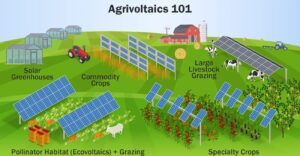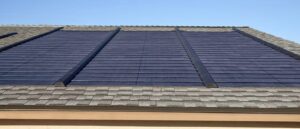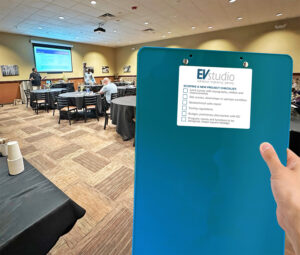Now completed, the Schuler Residence in Lake George is a log home that is completely off grid due to it’s remote location in the mountains of Colorado. The home has a photovoltaic (PV) array with a full battery storage system as well as a propane tank and a site managed water and wastewater system. This log home uses Honka Logs and components from Atrium Log Homes for their outstanding weathertightness and thermal performance.
Also on the boards is the Evans Residence in Clear Creek County. This home was also designed to be a log home and is designed with a cistern, a greywater system and a composting toilet. This home will have no electricity whatsoever and will have a propane refrigerator and gas lighting. A much more rustic cabin than the Schuler’s state-of-the-art home in Lake George, but certainly another approach to going off grid.

We’ve done two other off grid cabins in addition to these, both with various systems to qualify them under the current building codes. There are a lot of common systems and synergies that we apply to off grid homes as well as sustainable on grid homes. Most clients who elect for a home off grid are driven to do so because of the economics of bringing in electricity, however many people are now considering these systems for rural, suburban and even urban dwellings. If you are thinking about building a home off grid or are electing to integrate these kinds of systems into any building, give us a call and we can help!












2 thoughts on “Off Grid Home Trends”
Jim,
Thanks for your question. In the case of the project in Lake George, the time to recoup the cost of the PV and wind powered systems was immediate due to the fact that the cost to bring power to the site far exceed the cost of these systems. On a project where electricity is readily available, there are some factors to consider that effect the breakeven point:
1) The size of the home and how many occupants will be in regular use
2) The lifestyle of the occupants (are you the kind that leaves lights on regularly? tv always on? Thermostat at 80 degrees all winter? or are you more frugal with your energy?)
3) What rebates are available from your local power company (in some areas of Colorado, nearly half of the cost of a PV system comes back in the form of rebates)
For a typically sized 4 bedroom home with a family of four, you might use a 4kW system. This system would save you approximately $1100 per year in electricity costs at today’s cost of $0.10 per kilowatt hour. If the system costs $30,000 and half of that is returned in rebates, then your breakeven point is in 15 years. Note, however, that as the price of electricity rises (and it will), this timeline shrinks.
However, note that if you are financing that $15,000 PV installation in your permanent construction loan, and that is amortized over 30 years at 6%, then you would have an annual finance cost of $1,079, meaning that you have broken even on day #1 (and might even be a few bucks ahead). Take a look at my other post on Understanding Project Construction Costs in Terms of Monthly Payments here to see what I’m talking about: https://evstudio.com/understanding-project-construction-costs-in-terms-of-monthly-payments/
If you are interested in a project of your own, let me know and we would be happy to discuss it with you. Thanks and best of luck!
-Dean
Referencing Schuler Residence in Lake George, if a person were to build a home like this with the purpose of saving energy, how would the costs compare? How long would it take to recoup the the expense of the photo voltaic arrays, for example?
Comments are closed.